Home>Home Appliances>Home Automation Appliances>Why Won’t My Thermostat Turn Off
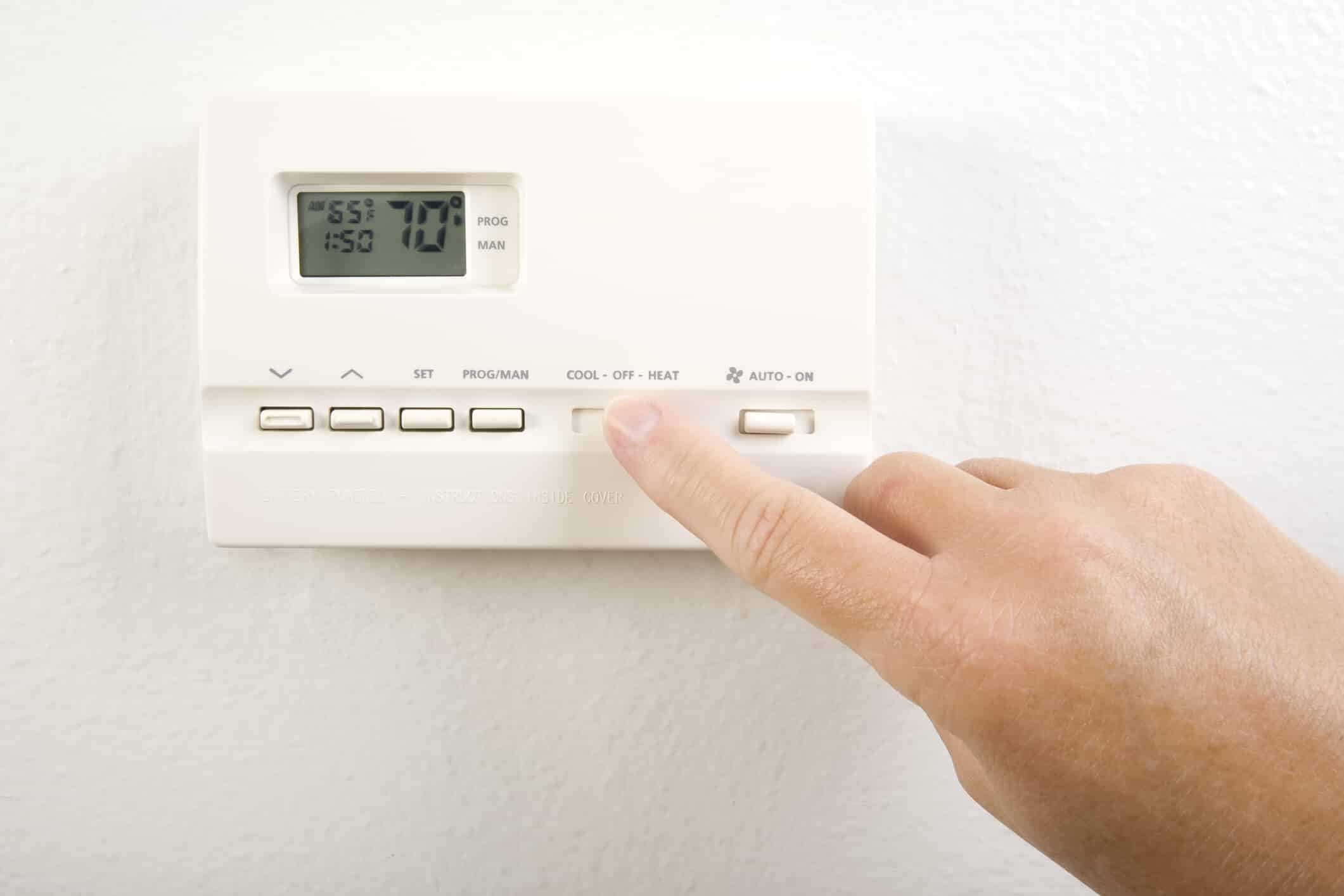

Home Automation Appliances
Why Won’t My Thermostat Turn Off
Modified: January 4, 2024
Discover common reasons why your home automation appliances may be causing your thermostat to stay on, and learn how to troubleshoot the issue effectively.
(Many of the links in this article redirect to a specific reviewed product. Your purchase of these products through affiliate links helps to generate commission for Storables.com, at no extra cost. Learn more)
Introduction
So, you've noticed that your thermostat just won't turn off, and you're starting to feel like it's become the boss of your home's temperature. It can be quite frustrating when your thermostat seems to have a mind of its own, especially when you're trying to save on energy costs. But fear not, because there are several common reasons why a thermostat may not be turning off when it should. In this article, we'll explore these potential causes and provide troubleshooting steps to help you regain control over your home's heating and cooling system.
Whether you have a traditional thermostat or a smart, programmable one, the underlying issues causing it to stay on can often be resolved with a bit of know-how. We'll delve into the possible culprits, such as incorrect thermostat settings, dirty components, or even wiring issues. By understanding these factors, you'll be better equipped to address the problem and restore balance to your home's climate control.
Let's embark on this journey of thermostat troubleshooting together, as we uncover the reasons behind this common issue and empower you with the knowledge to tackle it head-on. So, grab your metaphorical tool belt and get ready to dive into the world of thermostat diagnostics and solutions. By the end of this article, you'll be equipped with the insights needed to conquer the thermostat conundrum and bring harmony back to your indoor environment.
Key Takeaways:
- Don’t let a stubborn thermostat boss you around! Check settings, clean, and inspect wiring to regain control over your home’s temperature.
- When in doubt, call a pro! Complex wiring, component issues, and compatibility challenges may require the expertise of a professional HVAC technician.
Read more: Why Wont My Washer Turn On
Common Causes of a Thermostat Not Turning Off
When your thermostat refuses to heed your commands to turn off, it can be attributed to various underlying factors. Understanding these common causes is the first step toward rectifying the issue and restoring your control over the temperature regulation in your home.
1. Incorrect Settings: One of the most prevalent reasons for a thermostat not turning off is incorrect settings. It’s easy to overlook the programmed temperature settings, especially if you have a programmable or smart thermostat. Check to ensure that the temperature settings are appropriate for the time of day and your comfort preferences. Additionally, if your thermostat has a scheduling feature, verify that the programmed schedule aligns with your daily routine.
2. Dirt and Debris: Over time, dust, dirt, and debris can accumulate within the thermostat, affecting its functionality. These particles can hinder the temperature sensor, causing it to inaccurately gauge the indoor temperature and consequently keep the system running longer than necessary. Regular cleaning and maintenance can help mitigate this issue.
3. Wiring Problems: Faulty or improperly connected wiring can disrupt the communication between the thermostat and the heating or cooling system. This can lead to the thermostat not receiving the signal to turn off, resulting in continuous operation. It’s essential to ensure that the wiring is secure and correctly configured to prevent such issues.
4. Malfunctioning Components: Internal components of the thermostat, such as the temperature sensor or relay, can deteriorate over time, leading to operational irregularities. If these components malfunction, the thermostat may not accurately regulate the temperature, causing it to remain in the active state longer than necessary.
5. System Compatibility: In cases where a new thermostat has been installed or the heating and cooling system has been upgraded, compatibility issues may arise. If the thermostat is not compatible with the HVAC system, it can result in improper functioning, including the inability to turn off as expected.
Understanding these common causes provides valuable insight into the potential triggers for a thermostat not turning off. By identifying the underlying issue, you can proceed to troubleshoot and address the specific problem, ultimately restoring the functionality of your thermostat and achieving optimal control over your home’s climate regulation.
Troubleshooting Steps
Now that we’ve identified the common causes of a thermostat not turning off, it’s time to roll up our sleeves and delve into the troubleshooting process. By following these steps, you can systematically diagnose the issue and take appropriate measures to rectify it.
1. Check Thermostat Settings: Begin by reviewing the thermostat settings to ensure they align with your desired temperature and schedule. If you have a programmable thermostat, verify that the programmed schedule accurately reflects your daily routine. Make any necessary adjustments to the settings to see if the thermostat responds accordingly.
2. Clean the Thermostat: Dust and debris can hinder the thermostat’s functionality, particularly the temperature sensor. Carefully remove the cover of the thermostat and gently clean the interior components using a soft brush or compressed air. Be sure to power off the HVAC system before performing this maintenance task.
3. Inspect Wiring Connections: Examine the wiring connections between the thermostat and the HVAC system. Ensure that the wires are securely connected and that there are no signs of damage or corrosion. If any issues are detected, consult the system’s manual or seek professional assistance to address the wiring concerns.
4. Test the Components: If you suspect that internal components of the thermostat are malfunctioning, consider conducting a diagnostic test. This may involve using a multimeter to measure the continuity of the temperature sensor or assessing the relay for proper functionality. Refer to the manufacturer’s guidelines for testing procedures or enlist the expertise of a qualified technician.
5. Verify System Compatibility: If the thermostat was recently installed or if compatibility issues are suspected, review the system’s documentation to confirm compatibility with your HVAC system. It may be necessary to consult the thermostat’s manufacturer or a professional installer to ensure that the components are compatible and properly configured.
6. Reset the Thermostat: In some cases, resetting the thermostat to its default settings can resolve operational irregularities. Refer to the user manual for instructions on how to perform a reset, and follow the recommended steps to restore the thermostat to its original configuration.
By systematically implementing these troubleshooting steps, you can methodically address the potential causes of your thermostat not turning off. Remember to exercise caution when performing maintenance tasks and, when in doubt, seek the guidance of a qualified HVAC technician to ensure the safe and effective resolution of the issue.
Check if the thermostat is set to “cool” or “heat” mode, and adjust the temperature setting. If it still won’t turn off, there may be a problem with the wiring or the thermostat itself. Consider calling a professional for help.
When to Call a Professional
While troubleshooting the thermostat issue, there are instances where seeking the expertise of a professional HVAC technician becomes necessary. Recognizing when to enlist professional assistance can prevent further complications and ensure the accurate diagnosis and resolution of the problem.
1. Complex Wiring Concerns: If you encounter complex wiring issues during the troubleshooting process, such as frayed or damaged wires, or if you are unsure about the proper wiring configuration, it is advisable to seek the assistance of a qualified technician. Improper handling of electrical components can pose safety risks and may result in system damage if not addressed correctly.
2. Component Testing and Replacement: When troubleshooting reveals potential malfunctions in internal components of the thermostat, such as the temperature sensor or relay, it is best to rely on the expertise of a professional technician. They have the necessary tools and knowledge to conduct comprehensive diagnostic tests and, if required, perform component replacements with precision.
3. System Compatibility Challenges: If compatibility issues between the thermostat and the HVAC system persist despite your troubleshooting efforts, consulting a professional installer or technician is recommended. They can assess the compatibility requirements of the components and make any necessary adjustments to ensure seamless integration and optimal functionality.
4. Safety and Compliance: When dealing with HVAC systems, safety and compliance with industry standards are paramount. If you are uncertain about the safety protocols or regulatory requirements related to thermostat troubleshooting and maintenance, it is prudent to engage a licensed HVAC professional who is well-versed in industry best practices and safety guidelines.
5. Persistent Operational Issues: If the thermostat continues to exhibit operational irregularities even after thorough troubleshooting, it may indicate underlying complexities that require professional attention. A qualified technician can conduct a comprehensive assessment of the system, identify the root cause of the persistent issues, and implement targeted solutions to restore the thermostat’s functionality.
By recognizing these scenarios that warrant professional intervention, you can make informed decisions regarding the appropriate course of action when addressing a thermostat that won’t turn off. Seeking the expertise of a professional HVAC technician can provide peace of mind, ensure the safety of the system, and facilitate the effective resolution of the issue, ultimately restoring optimal functionality to your home’s heating and cooling system.
Conclusion
As we conclude our exploration into the perplexing issue of a thermostat that refuses to turn off, it’s essential to reflect on the insights gained and the actionable steps available to address this common dilemma. By understanding the common causes, implementing troubleshooting measures, and knowing when to seek professional assistance, you are better equipped to navigate the challenges associated with thermostat functionality and regain control over your home’s climate regulation.
Throughout this journey, we’ve uncovered the significance of reviewing thermostat settings, maintaining cleanliness within the thermostat, and ensuring the integrity of wiring connections. These proactive measures can mitigate potential issues and contribute to the efficient operation of your thermostat and HVAC system.
Moreover, recognizing the scenarios that necessitate professional intervention underscores the importance of safety, compliance, and expert insight when dealing with the complexities of thermostat troubleshooting. By acknowledging the value of professional expertise, you can safeguard the integrity of your system and expedite the resolution of persistent operational irregularities.
As you embark on the endeavor to address a thermostat that won’t turn off, remember that patience, diligence, and a methodical approach are your allies. Whether you’re fine-tuning the settings, conducting maintenance tasks, or consulting a professional, each step brings you closer to restoring equilibrium to your home’s temperature control.
Ultimately, by leveraging the knowledge and strategies outlined in this article, you are empowered to confront the thermostat conundrum with confidence and resourcefulness. Through your proactive efforts and informed decision-making, you can triumph over the challenges presented by a defiant thermostat and reclaim mastery over your indoor environment.
So, as you embark on the path to thermostat troubleshooting and resolution, may your endeavors be met with success, and may the comfort and harmony of your home be restored to its rightful balance.
Frequently Asked Questions about Why Won't My Thermostat Turn Off
Was this page helpful?
At Storables.com, we guarantee accurate and reliable information. Our content, validated by Expert Board Contributors, is crafted following stringent Editorial Policies. We're committed to providing you with well-researched, expert-backed insights for all your informational needs.
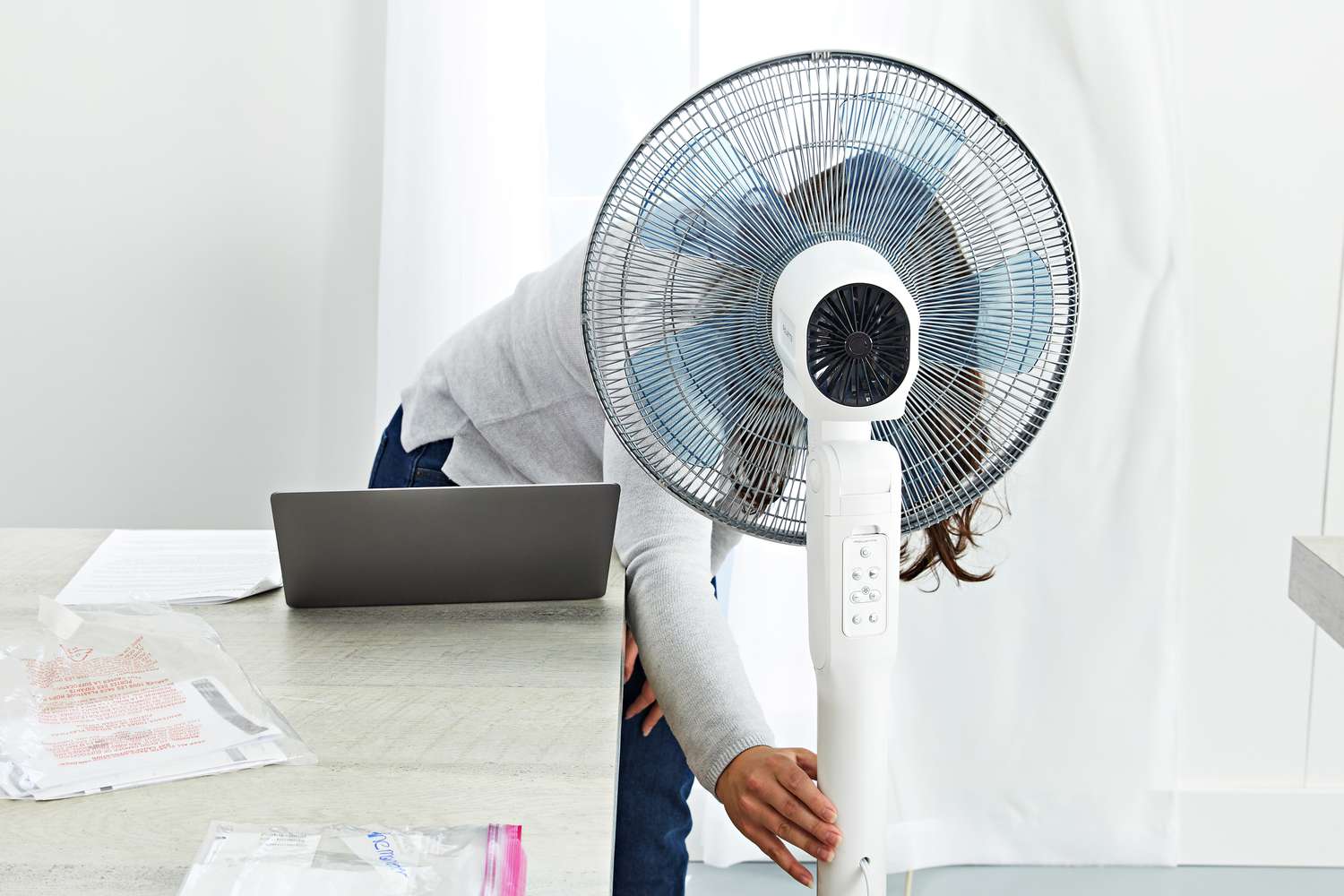
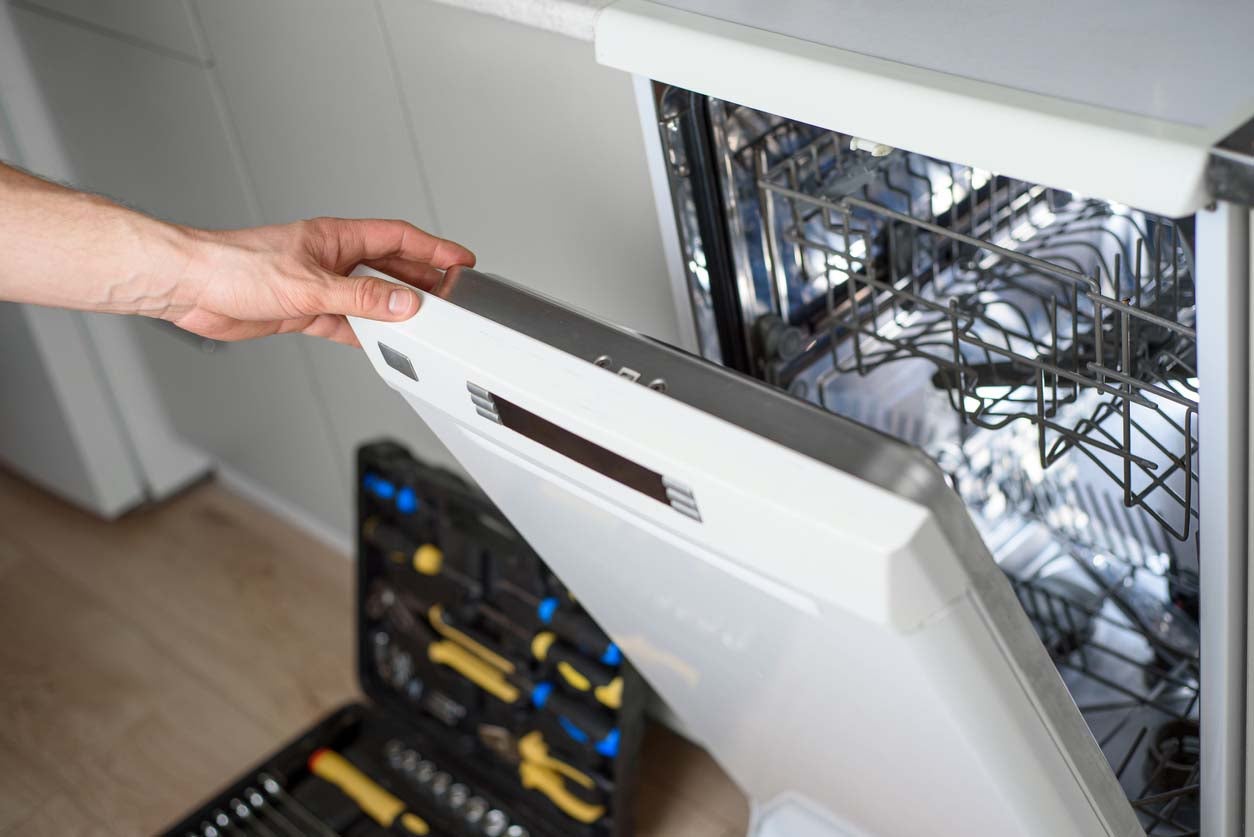
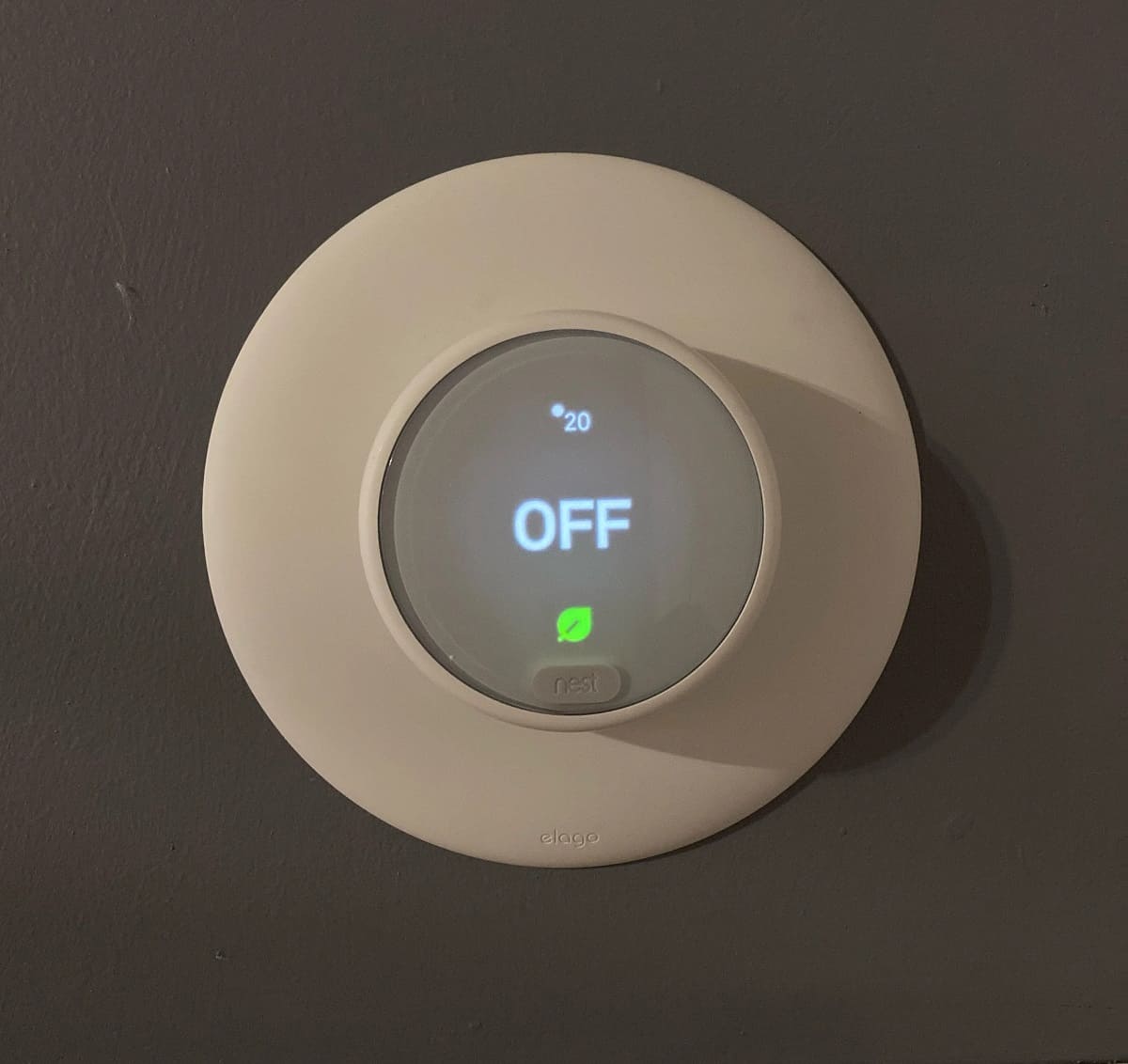
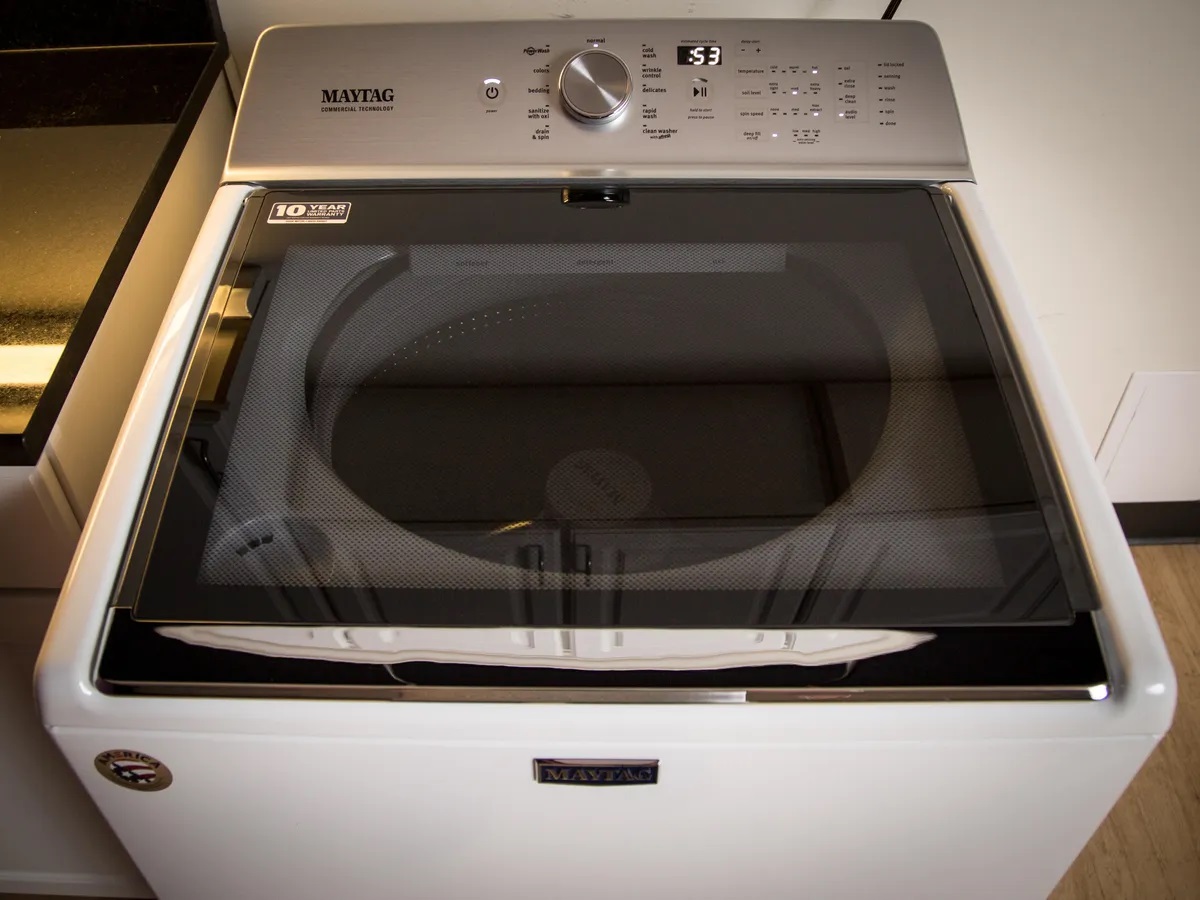
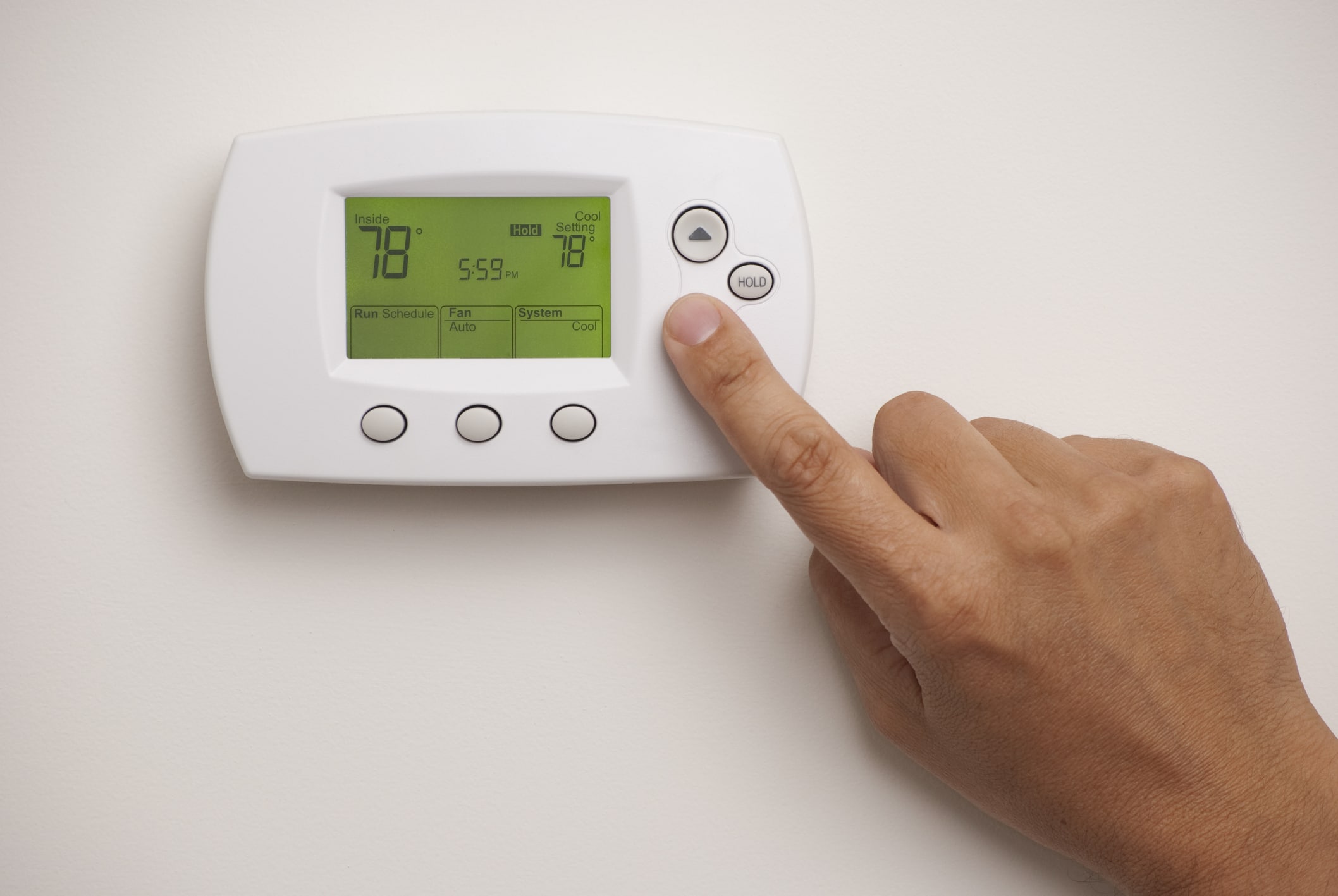
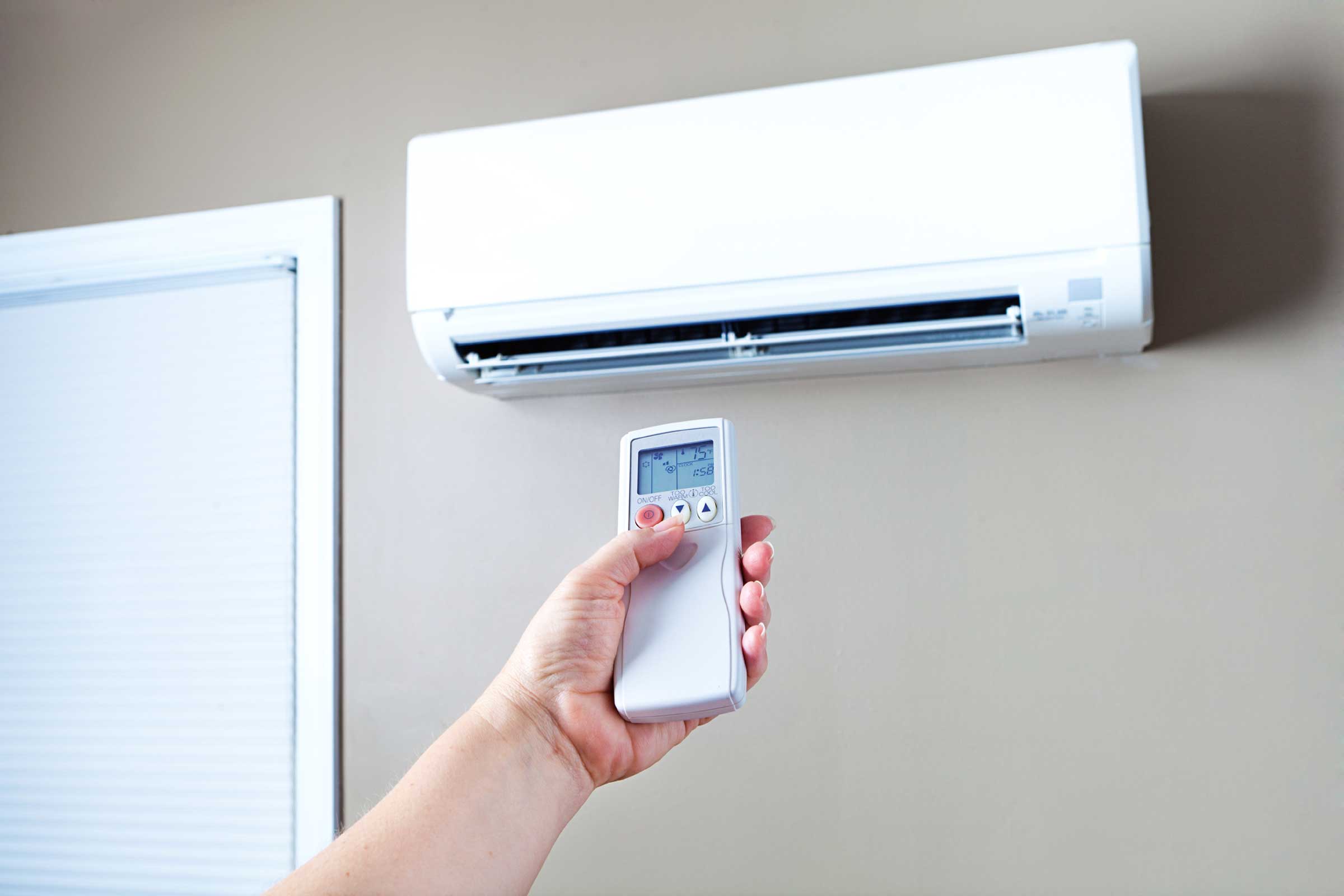
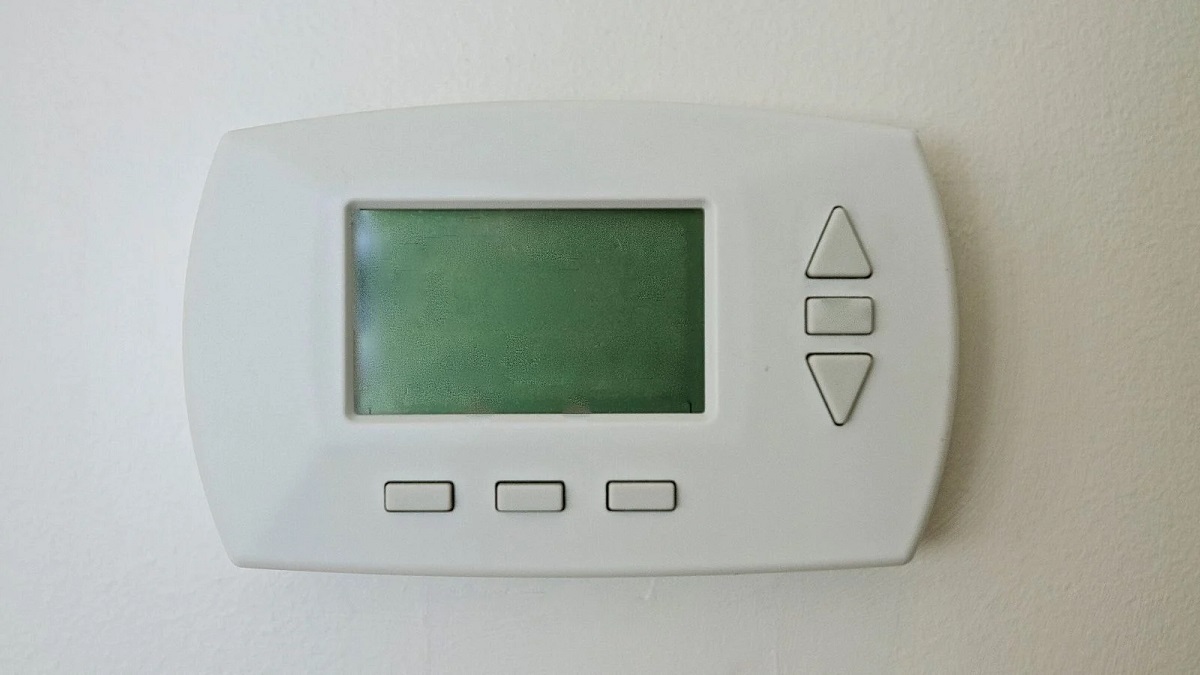
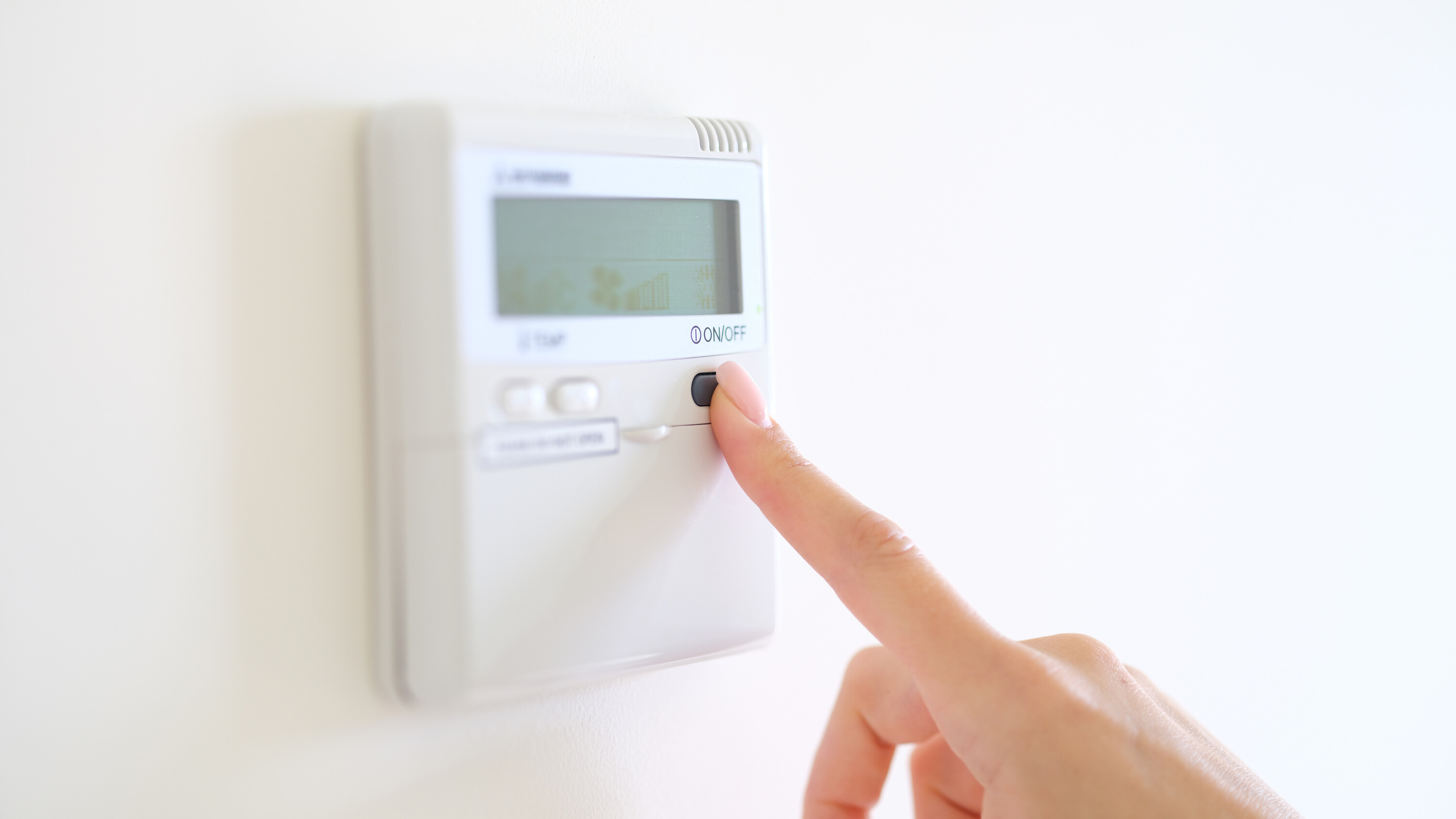
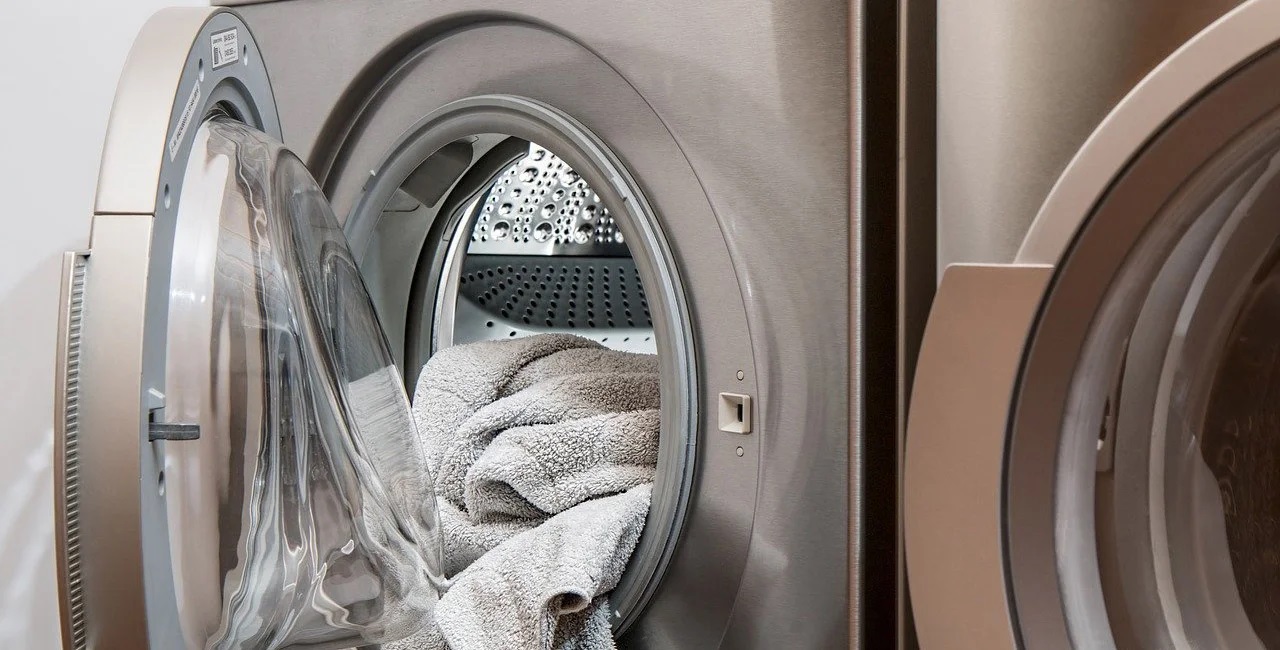
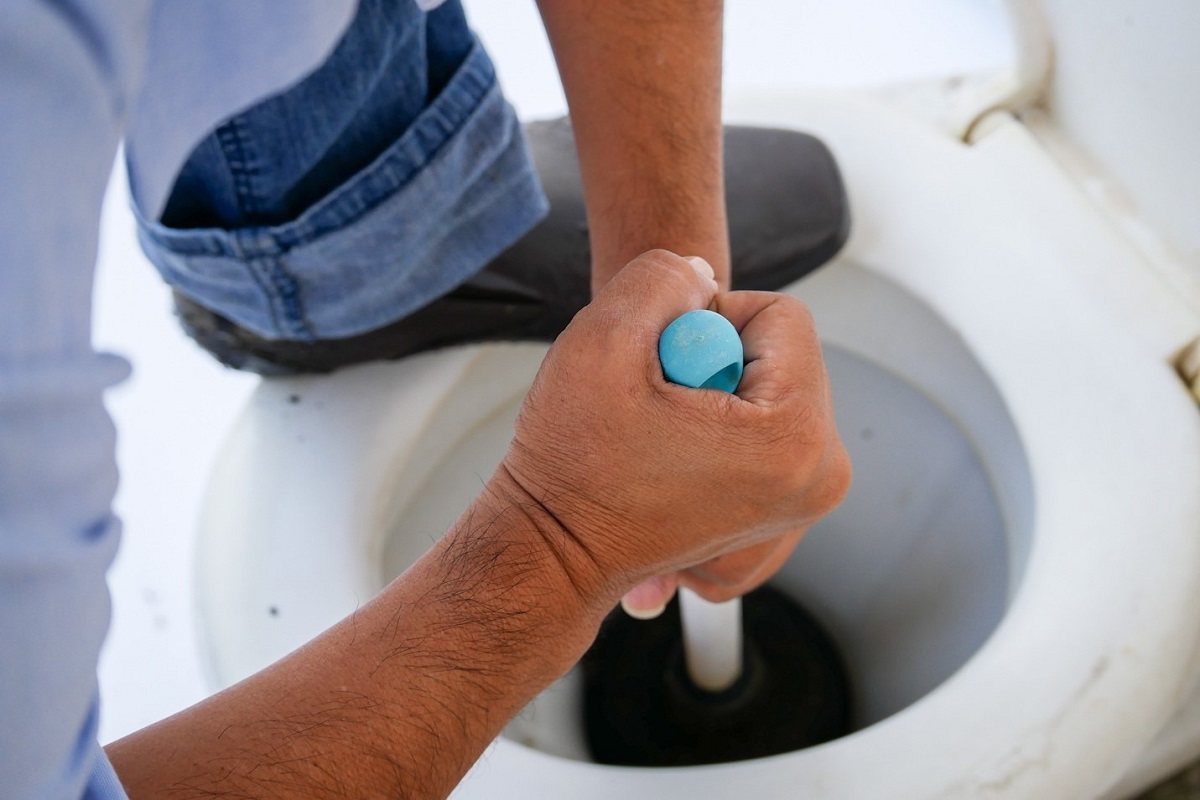
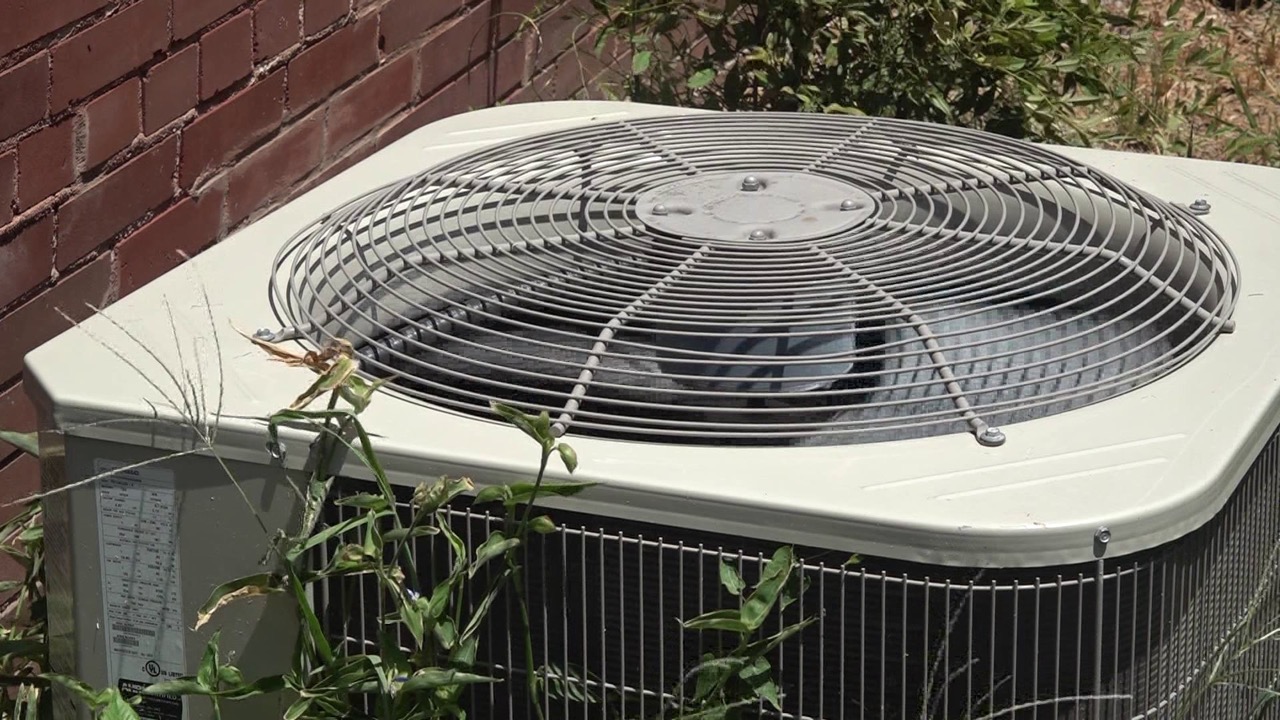
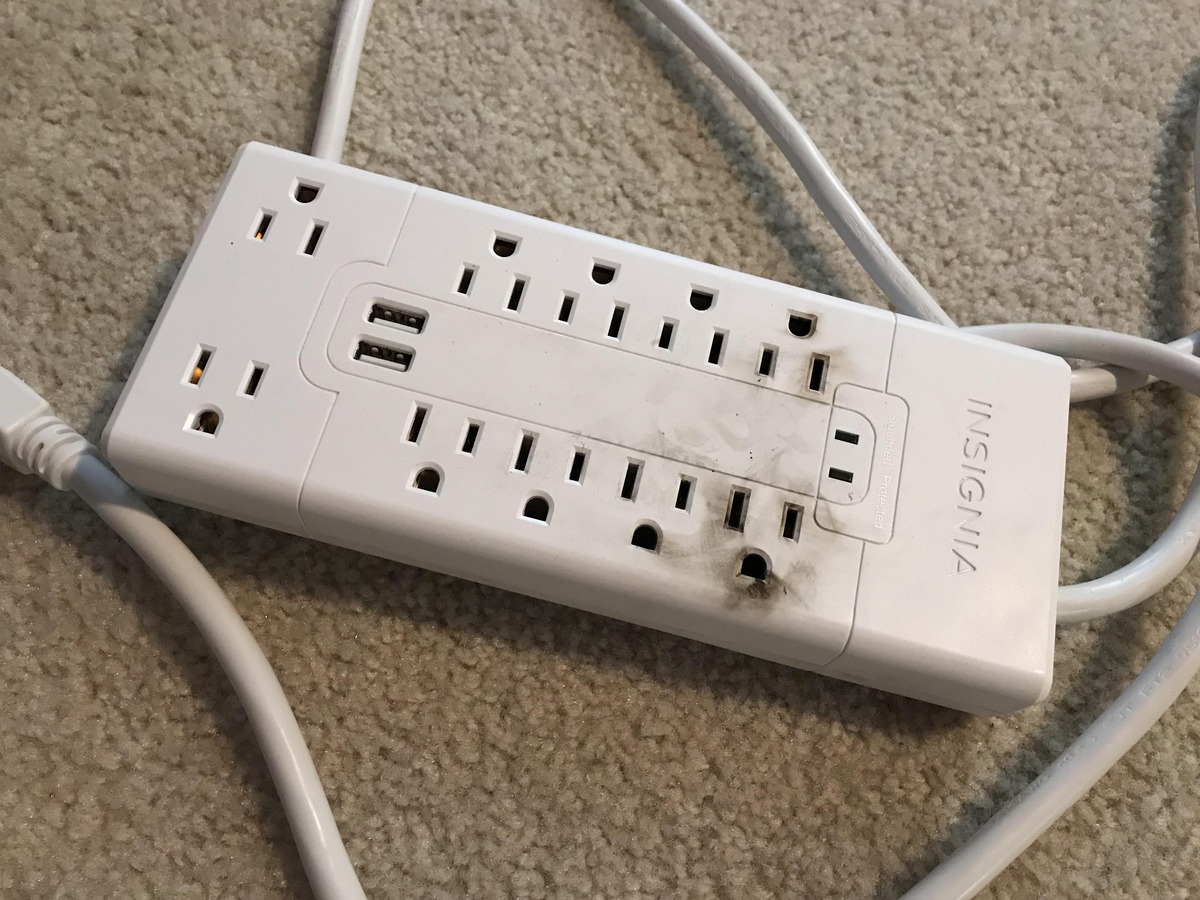

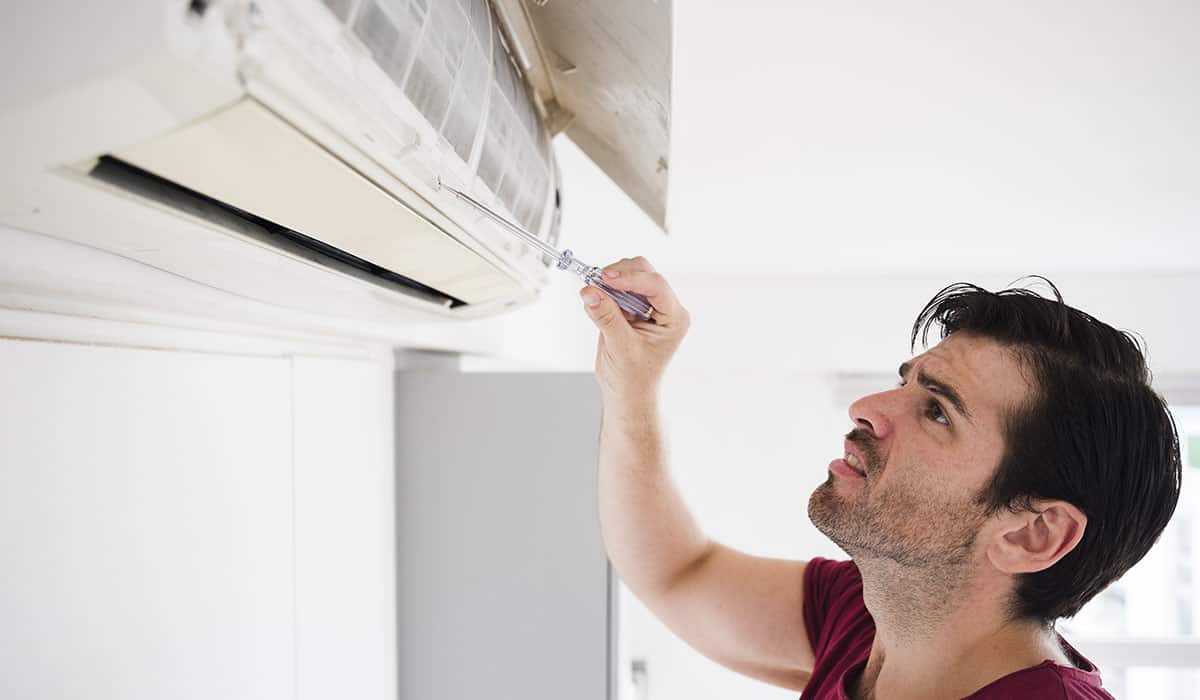
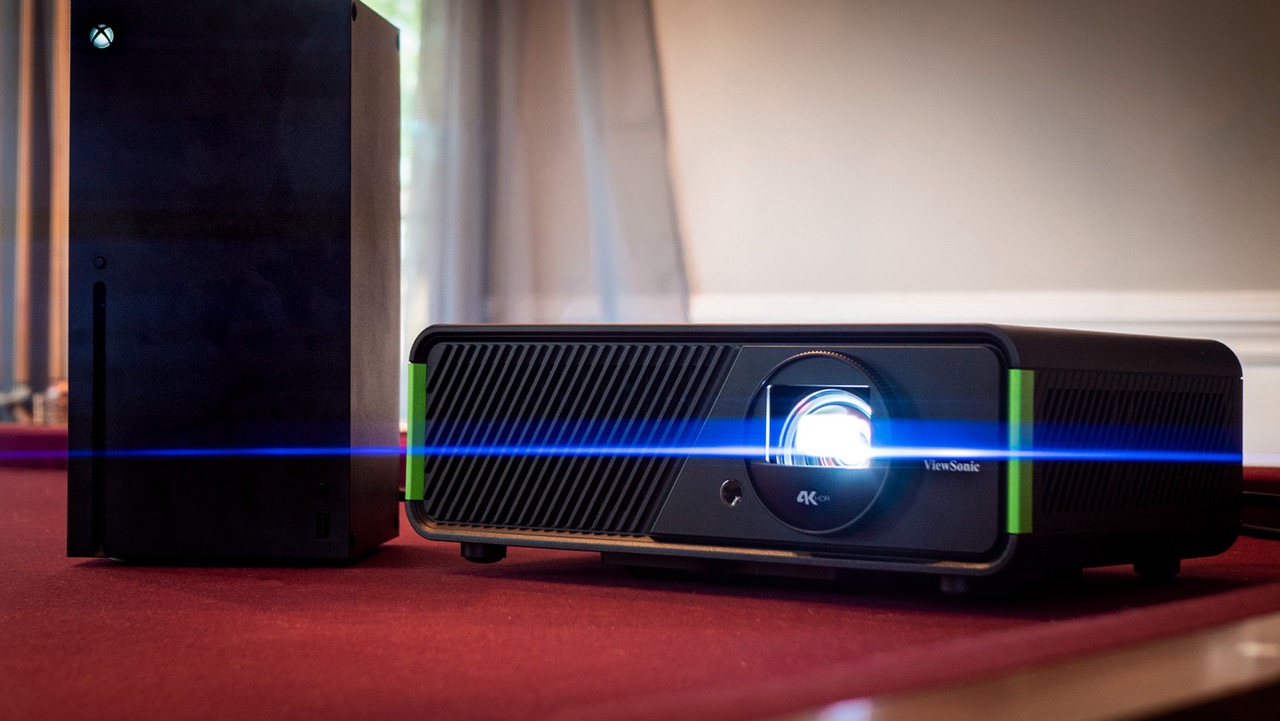

0 thoughts on “Why Won’t My Thermostat Turn Off”